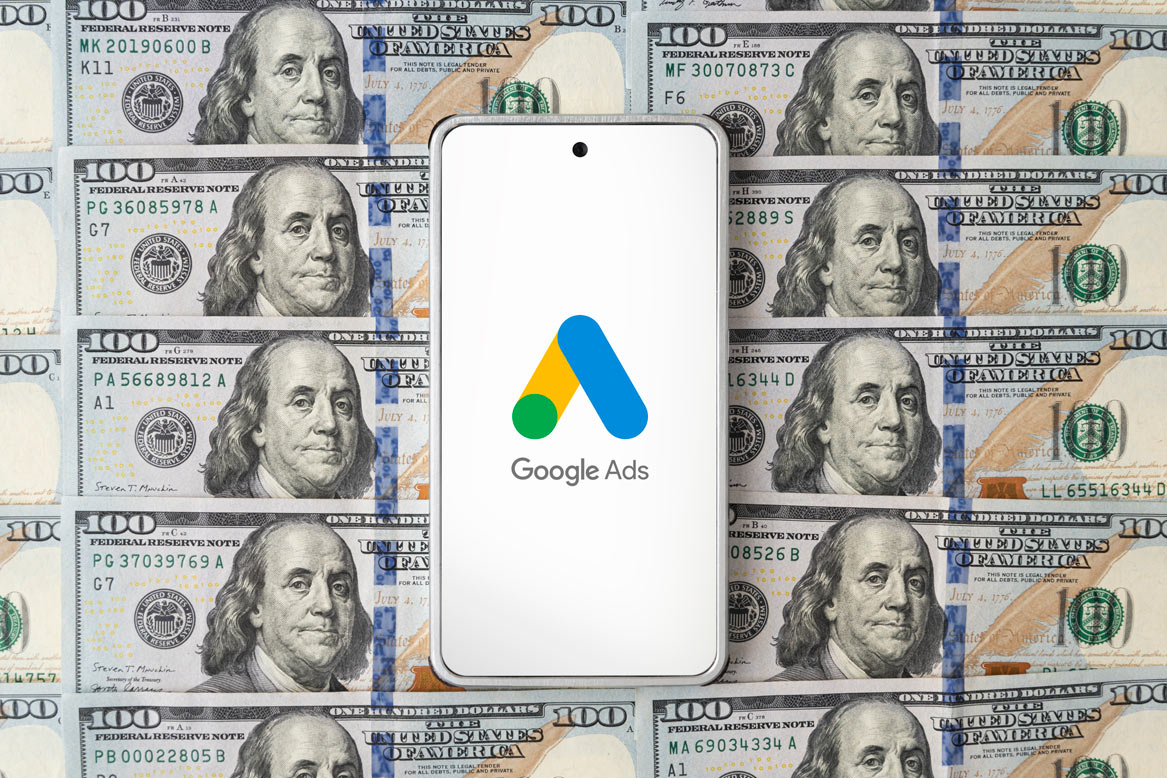Do you want to be in on the ground floor when it comes to testing a new AdWords interface? Get an invitation to be a part of the first group to test the new Google AdWords interface by signing up at this link.
Google AdWords
-
-
Google Quality Score = Yield Maximization or More $$ for Google
I watch a number of forums and I wanted to post an extremely insightful quote from Chris Zaharias of Omniture, Inc. posted on the Webmaster Forum (used with approval of Chris Zaharias). The comment is indicative of the grab for cash that Google is doing when it comes the quality…
-
AdWords Escalating Costs Force Advertisers to Yahoo
With the cost of Google AdWords for some markets and business escalating since the AdWords September 15th update, Yahoo is looking better all the time. Here’s just one example of the many changes that we have seen happen this week since the September 15th AdWords update: 1. For bed bug…
-
AdWords Ups the Ante
Google announced on the AdWords blog that they would be rolling out a number of changes and they are all happening this week. First we saw on Monday the line next to the keyword that says something like you will need to pay $16 a click to be on the…



